All about the plum moth
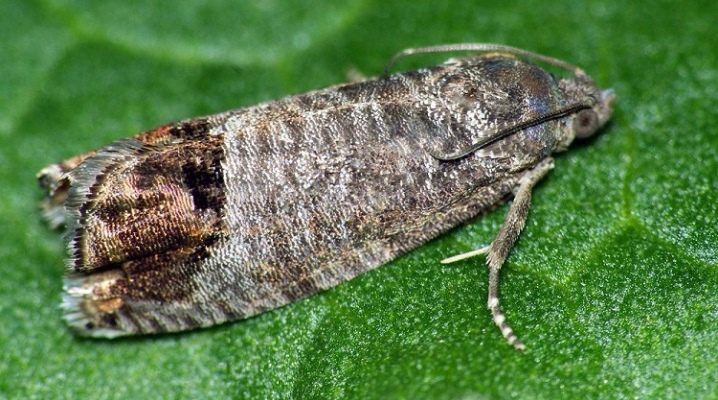
The plum moth is a harmful insect that can severely damage crops. This pest usually attacks weakened garden trees. In order to protect your site from these insects, you need to learn how to effectively deal with them.
What does it look like?
The plum moth is a butterfly that belongs to the family of leaf rollers. It is found in Russia and Europe. Most often, insects attack gardens in the southern regions of the Russian Federation. Outwardly, the insect looks unremarkable. Its front fenders are gray. The hind ones have a brownish color, which brightens at the base. You can see butterflies in the evening or at night. The lifespan of adult butterflies is very short. They live from 5 to 15 days and most often do not feed during this period.
Moth caterpillars pose a danger to plants. They are born 10 days after laying the eggs. You can recognize caterpillars by their pink-red color and dark brown head. Their length varies between 12-14 mm. The hatched caterpillars begin to make moves in the fruit, heading towards the petioles.
The moth eats not only plums, but also pears, apricots, cherries, peaches. Such pests destroy the crop quite quickly.

Control measures without chemicals
Many gardeners prefer to give up the use of chemicals in their area. It is quite possible to cope with the plum moth without special preparations. First of all, you should pay attention to preventive measures that should be followed in order to prevent pests from appearing on the site.
- The garden must always be kept clean. Garden waste should be removed regularly, as should fallen fruit. If there is a chance that the fruits have been infected, they should be destroyed immediately.
- Dead bark must be removed from trees, because it is under it that the moth usually hibernates. After carrying out such a procedure, the tree must be treated with garden pitch.
- During the whole season, it is necessary to inspect the plants and remove damaged or infected shoots from them.
- To prevent caterpillars from crawling from one tree to another, it is necessary to loosen the ground around the trees during the period of their active reproduction. This should be done every 8-10 days.
Birds can also help in the fight against small pests. To attract them to their site, feeders and drinkers are hung on the trees. You can also collect caterpillars on your own, because they are quite large and remarkable. It is impossible to get rid of all pests in this way at once, but at least part of them can be destroyed. You can also fight the moth using various solutions prepared from improvised means.
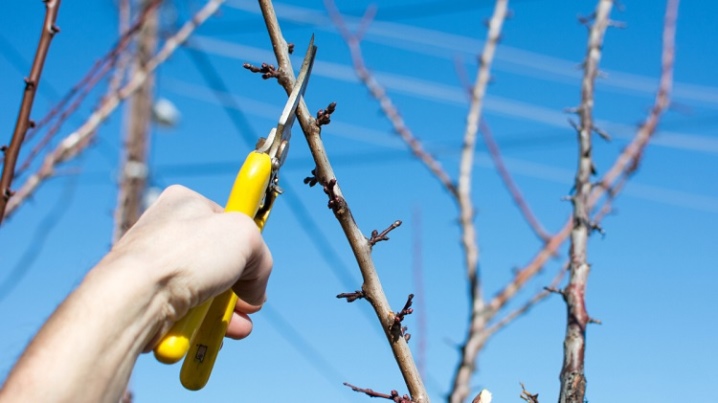
Ash mixture
This product allows you to get rid of not only moths, but also other pests. To prepare the mixture, you will need the following components:
- 1 liter of boiled water;
- 1 kilogram of wood ash;
- 1 bar of laundry soap.
Cooking method:
- first you need to pour boiling water over the ashes, and then put the container with the contents on fire for 1 hour;
- then the solution must be left to infuse for 24 hours;
- after this period, the mixture must be well filtered, add grated soap to it;
- the finished product can be sprayed with the affected plums.
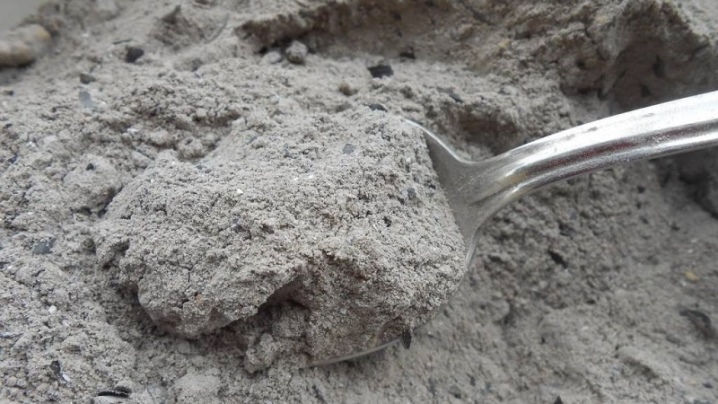
Coniferous mix
The infusion made on the basis of spruce and pine needles is also quite effective. To prepare it, you will need to collect 1 liter can of needles.
Cooking method:
- first, you need to pour the needles with 2 liters of hot water;
- then the dishes with this mixture must be placed in a dark and warm place for 1 week;
- after this period, the solution must be filtered, and then diluted with 1 liter of water;
- then the resulting mixture should be sprayed with plum trees.
The product repels pests with its strong aroma.
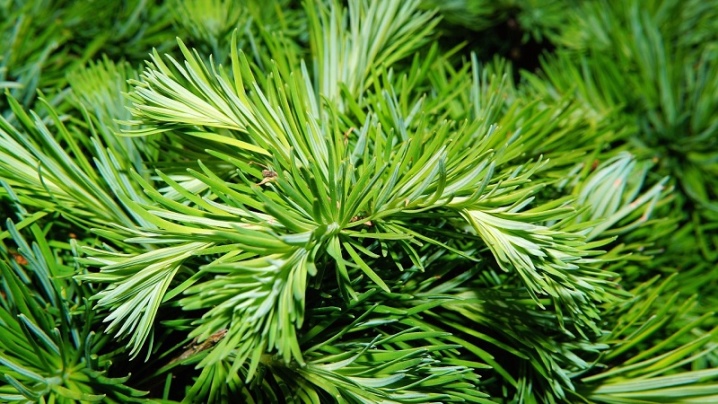
Salt mixture
Before bud break, you can treat the trees with a salt-based solution. To prepare it, you will need 1 bucket of water and 1 kilogram of salt. Both components must be mixed well, and then the trees must be sprayed with the solution.

Wormwood solution
This plant spray product is also very easy to prepare. It is made from fresh wormwood. A kilogram of finely chopped plants should be poured with 10 liters of hot water. After that, the container must be covered and sent to a warm place for two days. After this time, the product must be filtered and used for spraying trees. To protect plants from the plum moth, sagebrush bushes can be planted next to the trees.

Onion infusion
This solution repels pests with its persistent aroma. It is prepared from onion peel, which is poured with boiling water and infused for 24 hours. After that, the product is filtered. The liquid is used to spray trees. But the husk itself can be added to compost or used to feed garden plants.
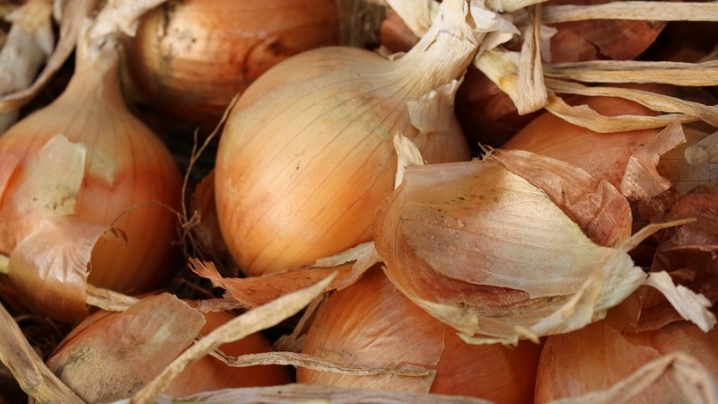
And also for spraying trees, you can use infusions of potato or tomato tops, chamomile and tansy. To achieve the desired result, you need to process the area daily until the pests are completely gone.
Chemicals
Among those who like to achieve the desired result as quickly as possible, chemical preparations are popular.
The following preparations are usually used to treat trees:
- "Spark";
- "Karbofos";
- "Alatar".
When using chemical processing methods, you should always follow the instructions on the packaging and adhere to the deadlines. Infested trees should not be sprayed too often to avoid harming them. Insecticides are used twice a season. For the first time, the plants are treated after the beginning of flowering. This usually happens in early June. The procedure is repeated in the middle of summer. If the moths were found on the site at the end of July or in August, it is worth getting rid of them using folk remedies or biological products. It is worth treating with special preparations in dry, calm weather.
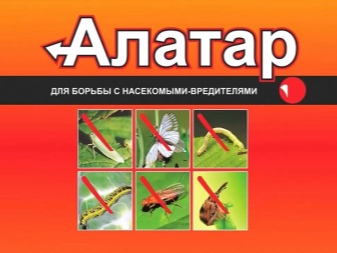

To summarize, we can say that the plum moth is not a very dangerous enemy. In order to get rid of pests, you need to combine chemicals and folk remedies.













The comment was sent successfully.